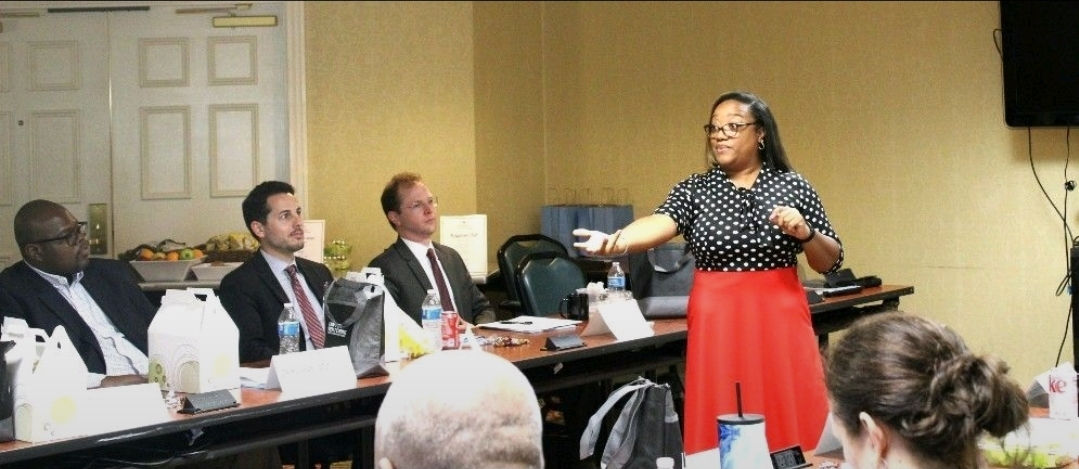
Adaptability Isn’t About Being Chill. It’s About Being Clear, Consistent, and Courageous.
- D. Nichole Davis

- Jun 16
- 2 min read
Adaptability in leadership has gotten a bad rap.
Somewhere along the way, it got confused with being spineless. As if the leader who bends is also the one who breaks—smiling through the storm, shrugging at every pivot, and quietly letting their boundaries erode under the weight of being “easygoing.”
Let’s clear this up.
Being responsive to change isn’t about being agreeable at all costs. It’s not passivity, it’s not weakness, and it’s definitely not about contorting yourself to keep the peace.
Strategic flexibility is one of the most underrated forms of strength in leadership. It’s the ability to navigate uncertainty without losing your clarity, your values, or your voice.
Here’s what that looks like in practice:
1. Clarity Over Chaos
When everything around you is shifting, the most effective leaders become the anchor. They don’t waste energy trying to control every moving piece. Instead, they recalibrate, communicate priorities, and guide their teams with focus.
They say, “Here’s what matters right now,” and help others stay grounded in that truth in spite of the noise.
2. Steady in Purpose, Nimble in Process
Adaptability doesn’t mean abandoning direction. It means knowing the difference between what must stay and what can change. You might have to ditch the original plan but not the mission.
Strong leaders adjust the how while protecting the why.
3. Courage to Course-Correct in Real Time
Let’s be real: being this kind of leader takes guts.
It means trying things that might not work. Owning when they don’t. Listening more than defending. Being willing to tweak, shift, or scrap a process midstream, not because you’re indecisive, but because you’re learning as you go.
That’s not flakiness. That’s growth in motion.
This Isn’t About “Going with the Flow"
It’s about leading with intention, even when the map keeps changing. These leaders aren’t pushovers. They’re pressure-tested. They don’t pretend everything’s fine. They ask, “What’s possible now?” and lead from there.
Quick Self-Check: Are You Leading with Strategic Flexibility?
You can shift gears without throwing your team into chaos.
You invite feedback and adjust without spiraling.
You communicate shifts clearly and give people context.
You’re comfortable not having all the answers but unwilling to stay stuck.
This Week’s Reflection Prompt:
Where might you be holding onto “the way it’s always been” out of fear, not function?
What’s one area that could benefit from fresh thinking and a more fluid mindset?
📌 Coming Up Next: Week 4 – “When the Dust Settles: Helping Your Team Rebuild Confidence After Big Change.”

Comments